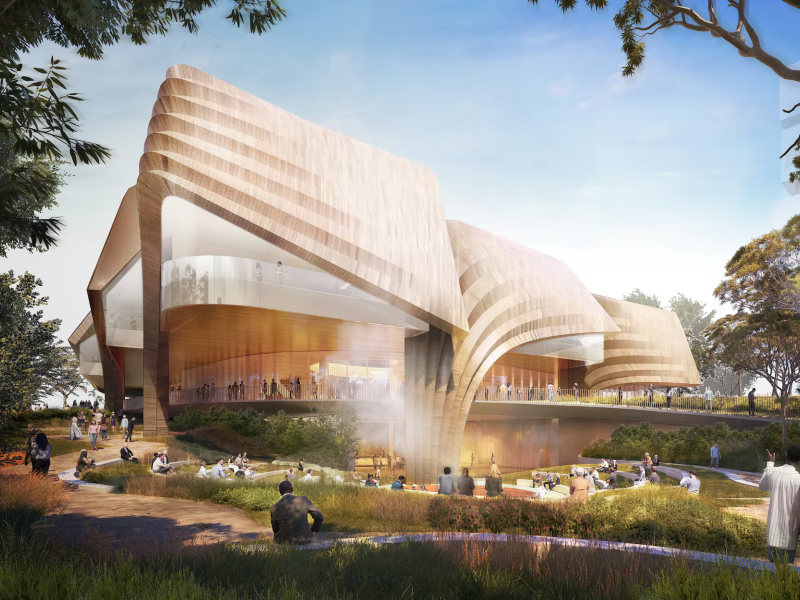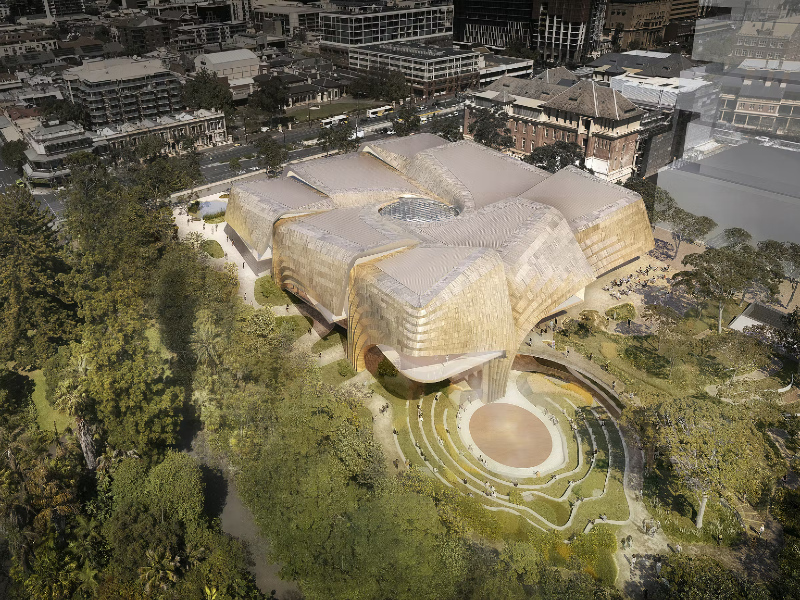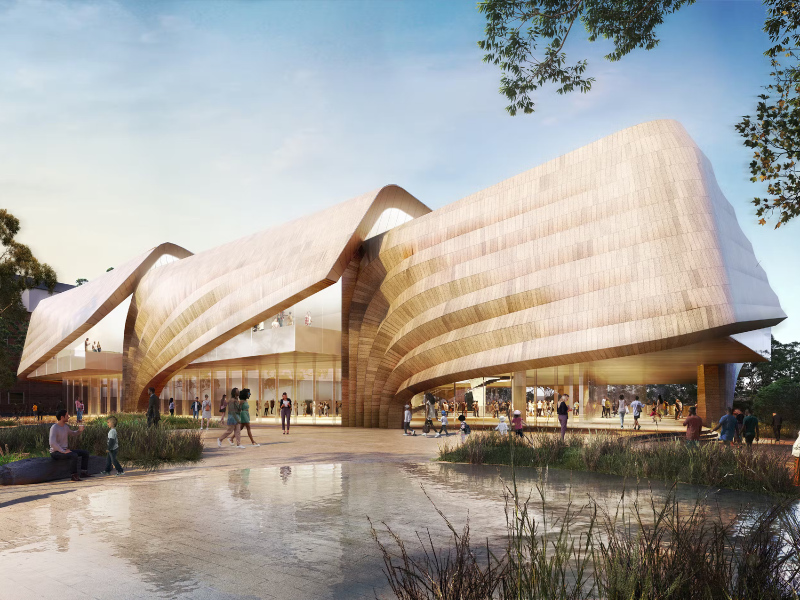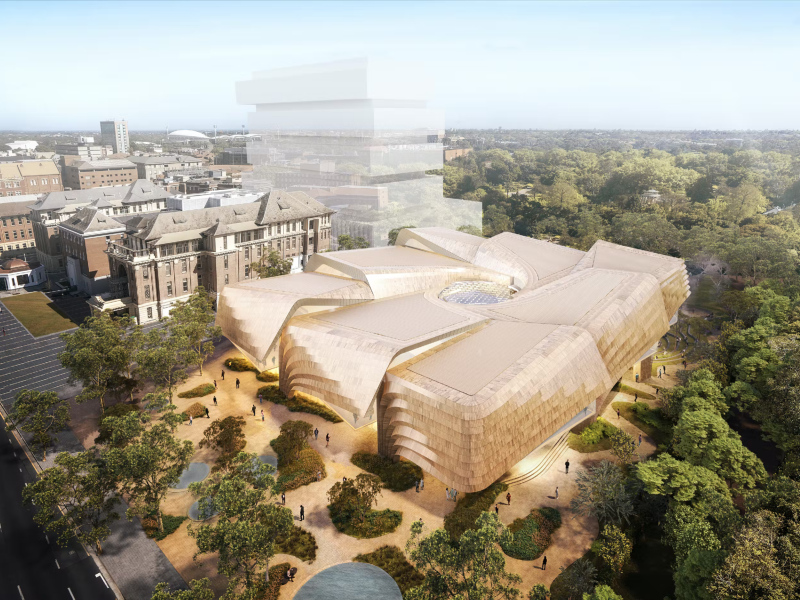Tarrkarri – Centre for First Nations CulturesX, also known as the Aboriginal Art and Cultures Centre, is a new cultural centre being developed in Adelaide, Australia, to honour the Aboriginal cultures. Tarrkarri means ‘the future’ in the Kaurna language.
Initial work on the project began in 2018 and the design of the centre was approved in February 2021. Enabling works on the project took place between March and November 2021.
Ground breaking on the A$200m ($149.5m) development took place in December 2021 and the construction is expected to be completed in early 2025.
The centre will honour more than 60,000 years of First Nations cultures across the country by showcasing their past, present, and future while also offering a platform for contemporary art practices and events. It is expected to become an interstate and international tourist attraction, drawing an estimated 700,000 visitors a year.
The centre will work closely with local and national cultural institutions such as the Art Gallery of South Australia, South Australian Museum, Tandanya National Aboriginal Cultural Institute, Adelaide Botanic Garden, and the State Library of South Australia. A combination of traditional storytelling and modern technology will create an immersive experience for the visitors about the story and unique cultures of Australia’s indigenous people.
Location
The Tarrkarri – Centre for First Nations Cultures will be located at Lot Fourteen, a business and technology precinct being built in North Terrace, Adelaide, South Australia.
It will be situated on the site of the old Royal Adelaide Hospital. The location is close to important buildings such as the Parliament House, Government House, Bonython Hall, and the State Library, Art Gallery, and Museum.
Details of Tarrkarri – Centre for First Nations Cultures
The building will comprise three levels, spanning an area of 11,400m². The lower-level galleries will be carved out from the earth to offer 7,000m2 of indoor exhibition and performance spaces. It will connect to an outdoor amphitheatre. The tipped galleries within the upper level will be oriented towards the sky and natural surroundings and reveal openings into the centre.
The street-level lobby, located between the upper and lower levels, will welcome guests to the location and will offer exhibition spaces, along with retail and cafe spaces. It will also connect with the surrounding landscape and will orient towards the Adelaide Botanic Garden.
The centre will offer diverse exhibition spaces that range in size, height, and light quality and include spaces for meetings, gatherings, and events.
Design details
The design of the centre is based on the Aboriginal theory of elements that link people to places including the earth, land, and sky. It will offer a new paradigm to showcase the past, present, and future of Aboriginal cultures and is based on the Aboriginal connection to country, place, and kin. These connected layers are the foundation of the centre’s design.
The design of the exterior and facade of the building were inspired by temporary shelter structures called ‘wurlie’ and ‘humpy’, built by the Aboriginal people across the country. A basket-like nest of columns render shape to the central space while anchoring the entire building. A woven facade will be wrapped around the entire building structure and will connect to the public realm.
The centre will connect to the landscape, with an outdoor gallery cantilevering over a terraced amphitheatre at the northern part of the site. The landscape will include
Financing
The Australian Government has agreed to invest up to A$85m ($63.5m) while the Government of South Australia will invest the remaining A$115m ($85.9m) in the project.
Contractors involved
Architecture firms Woods Bagot and Diller Scofidio + Renfro, both based in the US, were selected to provide the detailed architectural design for the project in February 2021.
Landscape design services for the project were provided by Oculus, a landscape architectural firm based in Australia, and Paul Herzich, an Aboriginal landscape architect from the Department of Planning Transport and Infrastructure.
Lendlease, a construction company based in Australia, was appointed as the lead contractor for the project in November 2021.







